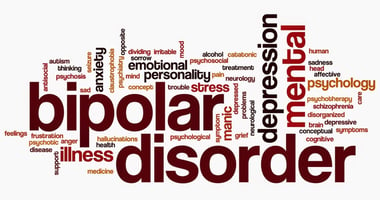Benzodiazepine use in patients with bipolar disorders is associated with greater illness complexity...
Long-Term Use of Hypnotics Up Significantly From 1999 to 2014, Study Finds
 |
Because clinical guidelines suggest that both types of medications should be used on a short-term basis, the findings highlight “the pressing need for better delineation of appropriate medium- and long-term use of these medications,” wrote lead author Christopher Kaufmann, Ph.D., M.H.S., of the University of California, San Diego, and colleagues.
The researchers analyzed data from eight waves of the National Health and Nutrition Examination Survey (NHANES) between 1999 and 2014. NHANES interviewers recorded medications used during the preceding month based on prescription bottles provided by participants, and participants reported duration of use for each medication. BZDs included alprazolam, chlordiazepoxide, clonazepam, clorazepate, diazepam, estazolam, flurazepam, lorazepam, oxazepam, temazepam, and triazolam. NBHs included zolpidem, zaleplon, and eszopiclone.
Kaufmann and colleagues found that use of both types of drugs increased significantly over the study period, from 2.0% of respondents in 1999-2000 to 4.2% in 2013-2014 for BZDs and from 0.4% in 1999-2000 to 1.6% in 2013-2014 for NBHs. Trends were driven by increases in use of more than six months.
In 2013-2014, virtually all of the 96 listed NBHs (97.9%) were used for sleep problems, and of these 94 NBHs, 85.1% were used on a medium- or long-term basis. Among the 290 BZDs listed, 60.3% were used for anxiety problems, 29.3% for sleep problems, and 11.4% for mood problems. About 83% of BZDs used for anxiety problems were for medium- or long-term use, as were most BZDs used for sleep problems (84.7%) and mood problems (81.8%).
“Monitoring of long-term BZD and NBH use, particularly in vulnerable patients (for example, older adults), may be important for understanding the reasons for changing patterns of use of these medications and prevention of potential adverse health outcomes associated with their use,” the authors wrote. “Additionally, promoting the availability of behavioral sleep treatments may help reduce the need for pharmacological sleep interventions, because sleep problems remain a major reason for their long-term use.”
For related information, see the Psychiatric News article “Tips for Reducing Suicide Risk When Prescribing Hypnotics.”
(Image: vadimguzhva/istock.com)





